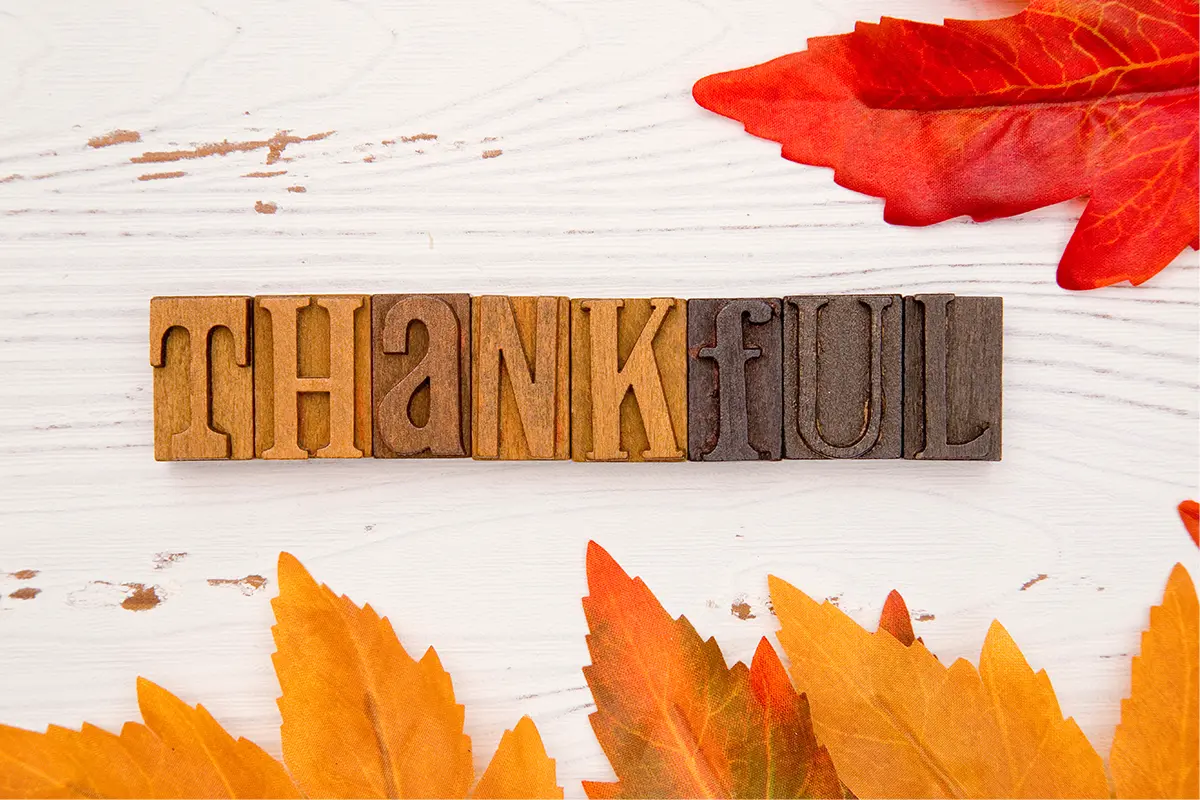When most people think about budgeting, they think about keeping track of where their money goes, ensuring expenses don’t get out of hand. That’s important, but there’s another way to look at your finances that can be just as valuable: tracking what you’ve gained, not just what you’ve spent.
This approach is called a Thankfulness Ledger. It’s a simple way to recognize and record your financial progress—whether that’s money saved, debt reduced, or goals achieved. By focusing on the positive changes you’re making, you can stay motivated and gain a broader perspective on your financial health.
What Is a Thankfulness Ledger?
A Thankfulness Ledger is a record of your financial “gratitude.” Instead of only logging expenses, you also track the progress you’re making toward your goals, such as:
- Assets you’ve built, such as savings, investments, or home equity.
- Debts you’ve reduced, like credit cards, loans, or other balances you’ve been able to pay down.
- Goals you’ve reached, such as building an emergency fund, saving for a trip, or purchasing something you’ve been working toward.
- Everyday wins, which can be as simple as canceling a service you don’t use, finding ways to save on regular expenses, or putting extra money toward a bill.
By recording these moments, you’re creating a record of progress that’s easy to look back on and appreciate.
Why It Matters
Budgeting is often seen as restrictive, focusing on what not to spend and where to cut back. While that’s important, it can sometimes feel discouraging. A Thankfulness Ledger offers balance by giving equal attention to the positive side of your financial life. Here are a few reasons why it works:
- It reinforces progress. When you see your accomplishments written down, it’s easier to recognize how much you’ve achieved, even if your goals are still in progress.
- It shifts your perspective. Focusing on what’s going well helps you view your finances as something you’re building, not just something you’re managing.
- It keeps motivation strong. Seeing improvement (whether large or small) can help you stay committed to your financial plan over the long run.
- It builds confidence. Knowing you’re making steady progress can help reduce stress and enable you to make decisions with greater clarity.
How to Get Started with Your Thankfulness Ledger
You don’t need special tools to get started. You can grab a notebook, use a spreadsheet, or open your notes app on your cell phone.
- Set Your Categories. Consider sections such as Assets & Savings, Debt Reduction, Goals Achieved, and Everyday Wins as a starting point.
- Update Regularly. Choose a schedule that works for you and stick with it (e.g., weekly, bi-weekly, monthly, etc).
- Add Details. You should always include the date, what happened, and how it contributes to your overall goals.
- Review and Reflect. Review your entries every few months. You’ll see a clear picture of your progress and the habits that contributed to your success.
Begin by noting your first win, no matter the size, such as adding $50 to your savings, paying more than the minimum on a credit card, or canceling an unused subscription. Each entry builds on the last, creating a clear record of your progress and the habits that are helping you reach your goals.
A Helpful Tool for the Holiday Season
The end of the year is an ideal time to start a Thankfulness Ledger, providing you with the opportunity to reflect on your progress, set thoughtful limits on holiday spending, celebrate small financial wins, and enter the new year with a clear and positive money mindset. Your financial story is not just about what you spend, but also about what you’ve achieved and how far you’ve come. By recording both the good and the necessary, a Thankfulness Ledger helps you see and celebrate your progress while building a healthier, more motivated relationship with your money.


